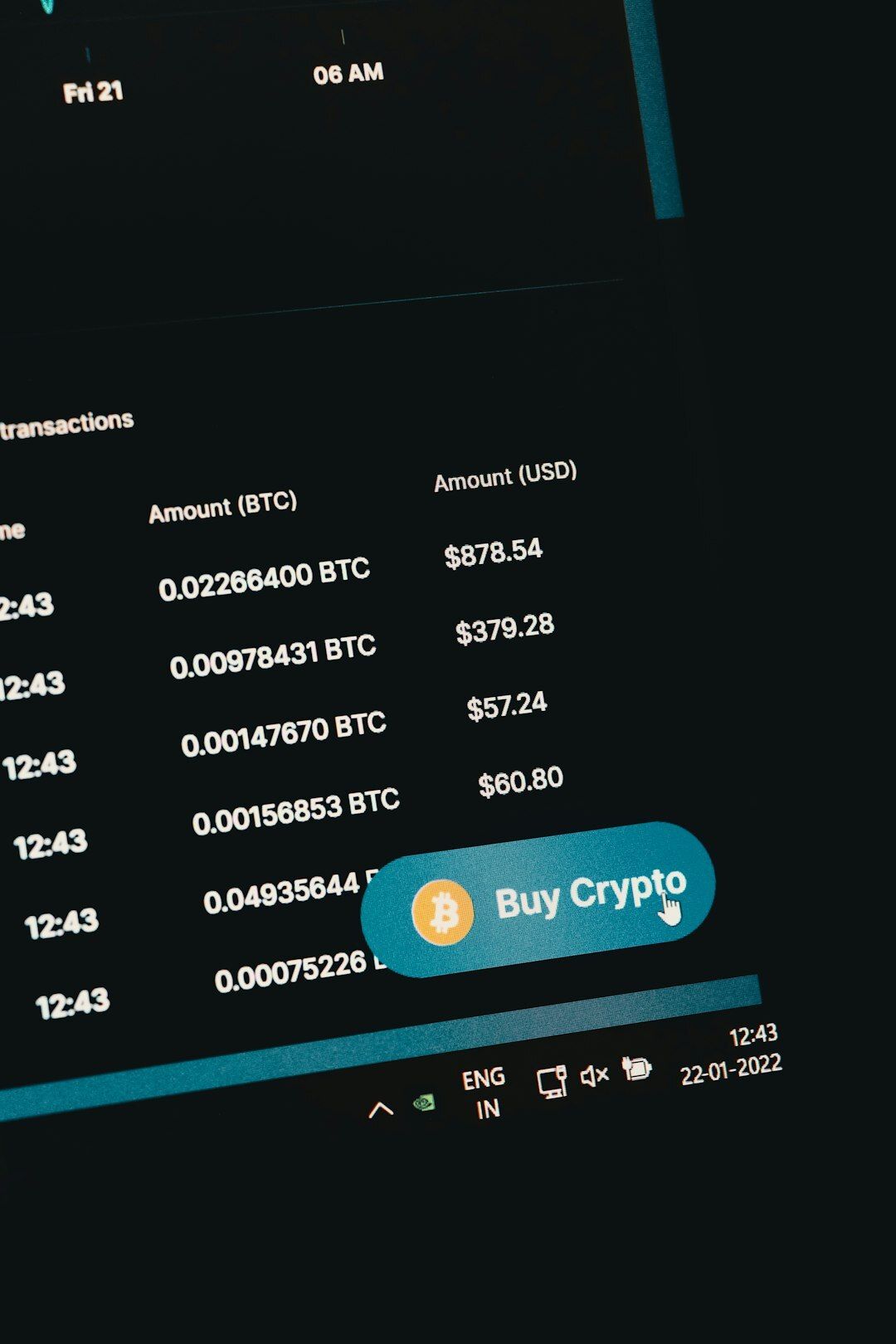- Robert's Newsletter
- Posts
- RFS DeFi Risk Intelligence Weekly
RFS DeFi Risk Intelligence Weekly
Institutional-Grade DeFi Risk Monitoring brought to you by RFS Consulting
Welcome to another edition of RFS DeFi Risk Intelligence Weekly!
Here’s whats new this week:
🔬RFS Risk Scores Update
Below are the Protocols scored this week:
Curve Finance: Strong on liquidity depth and stability; current focus on crvUSD and stable pools strengthens risk mitigation | Aave v3: Maintains high scores for diversification and cross-chain collateral flexibility; closely watching LST (liquid staking token) integrations |
Pendle: Continues to outperform in yield tokenization, but has higher complexity risks — particularly as institutions explore fixed income–like DeFi instruments. | Frax: Solid stablecoin peg mechanisms, but the hybrid (algorithmic + collateral) model requires active monitoring amid market volatility. |
Gemach DAO: Continues to outperform in yield tokenization, but has higher complexity risks — particularly as institutions explore fixed income–like DeFi instruments. | New Metric Highlight: Liquidity Density Function (LDF) now included to capture depth vs slippage sensitivity, enhancing on-chain execution risk visibility. |
RFS’s newly released Sharpe ratio analytics are designed for DeFi-native strategies — an essential tool for measuring risk-adjusted yield, not just raw APY.
Key Institutional Insight:
Protocols with high APYs often mask volatility or tail risk.
Using Sharpe ratios allows treasury managers and DeFi allocators to decide whether “risk premium” strategies are worth exposure, especially in volatile market phases.
Example from this week:
Pendle (sDAI strategy): ~17.2% APY, but lower volatility than higher-yield pools, resulting in a stronger adjusted Sharpe score.
💰 Stablecoin Yield Watch
Protocol | Asset | Approx. APY | Notes |
|---|---|---|---|
Ethena | USDe | 23.1% | Synthetic delta-neutral yield; watch liquidation risks |
Pendle | sDAI | 17.2% | Fixed yield opportunities; time decay factor important |
FraxLend | FRAX | 11.8% | Strong peg maintenance, but US yields likely to impact borrow demand |
RFS View: Diversification across multiple stable yield sources is key; consider governance risks and oracle dependencies when comparing
🙏🏾 Beginner’s Corner: New DeFi User Roadmap
This Week’s Focus:
Wallet security basics (hardware vs browser extensions)
Cross-chain bridging risks (e.g., smart contract exploits, censorship vectors)
Entry-level stablecoin yield strategies (ideal first step before exploring complex yield optimization)

RFS Recommendation: Start with simpler single-asset staking before engaging with multi-leg yield farms or leverage products
⚙️ Protocol Flywheel — Deeper Mechanism Breakdown
Example: Curve + Beefy
| Why It Matters:
|
🚨 Ethereum vs Solana — DeFi’s Philosophical Showdown
CryptoSlate Deep Analysis Recap
Ethereum (ETH):
Modular architecture, emphasizing censorship resistance and decentralization.
Superior for institutional-grade DeFi integrations and regulatory scrutiny.
Growing narrative around restaking (EigenLayer) and programmable settlement layers.
Solana (SOL):
High throughput, low latency, monolithic design.
Better for retail experiences requiring low fees and high speed (e.g., memecoins, NFTs).
Risks: validator centralization, outages, concentrated stake.
RFS Perspective for Allocators:
Institutions may prioritize Ethereum’s security, composability, and regulatory clarity over Solana’s raw performance.
Treasury and pension-style DeFi allocations lean towards Ethereum and L2s, while more aggressive, high-frequency strategies can experiment on Solana.
💡 Strategic Takeaways
✅ Sharpe ratio and LDF provide institutions a more granular risk-adjusted view of DeFi opportunities. | ✅ Stablecoin yield strategy must consider smart contract audit depth, governance attack surfaces, and oracle dependencies — not just APY. |
✅ Ethereum’s decentralization premium will increasingly appeal to institutional DeFi as traditional finance integrations accelerate. | ✅ Flywheel models, while capital-efficient, introduce compounding risk layers requiring real-time monitoring (ideal use case for RFS Risk Dashboard). |
🙇🏾♀️ Camryn’s Corner
Welcome to another segment of ‘Camryn’s Corner’ brought to you by your co-author and editor! Each week I will highlight my top 5 DeFi Applications, Protocols, or other news worthy subjects in the crypto and DeFi world.
Crypto Highlights: Top 3 Stories Making Waves This Week
The past week in crypto has been buzzing with significant developments, showcasing both the market's continued upward momentum and the ongoing push for regulatory clarity. From record-breaking price action to pivotal legislative efforts, here are three of the most exciting headlines that captured attention in the crypto space:
Bitcoin Surges Past $120,000 to New All-Time Highs: In a remarkable display of market strength, Bitcoin (BTC) shattered previous records, crossing the $118,000 and then the $120,000 mark for the first time. This significant rally is largely attributed to sustained inflows into spot Bitcoin ETFs and growing optimism around a more crypto-friendly regulatory environment in the U.S. The continued institutional demand underscores a maturing market and increasing mainstream acceptance of digital assets.
U.S. House "Crypto Week" Stalls Amidst Stablecoin and Market Structure Debates: The much-anticipated "Crypto Week" in the U.S. House of Representatives saw a mix of progress and procedural roadblocks. While there's a strong push for clearer regulations, particularly for stablecoins (like the GENIUS Act which passed the Senate), disagreements among lawmakers temporarily stalled the full package of bills. Despite the hiccup, the very fact that such comprehensive legislation is being actively debated signifies a major step towards establishing a long-awaited regulatory framework for the digital asset sector.
BlackRock's Tokenized Fund Exceeds $500 Million in Market Value: BlackRock USD Institutional Digital Liquidity (BUILD), the asset management giant's tokenized fund, reached a significant milestone by surpassing $500 million in market value. This achievement positions BUILD as the largest blockchain-based tokenized fund by market capitalization. This success highlights the increasing adoption of tokenization by traditional finance heavyweights, demonstrating growing investor confidence in the integration of blockchain technology within established financial systems.
🏁 Final Word
“DeFi’s next chapter is not only about chasing yields — it’s about sustaining risk-adjusted growth while navigating the tension between decentralization and performance.”
📬 Full Edition Access & Resources
Full Newsletter: RFS DeFi Risk Intelligence Weekly (Beehiv)
Sharpe Module Explainer: LinkedIn Post
CryptoSlate Ethereum vs Solana Article: Read Here
🫱🏽🫲🏿 Support RFS Risk Intelligence Weekly
If you enjoy our weekly research and want to support continued independent risk analysis, consider:

Gif by xbox on Giphy
☕️ Buy Me a Coffee — Fuel future newsletters!
💸 Tip in USDC: Ethereum 0x695B71a929A21F2A260f61aEd09872DA053Bcc42 — secured via Gnosis Safe
💳 Tip via Stripe — One-time or recurring support.
📢 Call to Action
Now Accepting 3 Pilot Clients
We’re onboarding a limited number of DeFi protocols and institutional funds into our real-time risk scoring dashboard and DeFi compliance architecture.
💼 Custom engagements | Audit-aligned scoring | Institutional onboarding
👣 Follow RFS Consulting
🌐 Website
Till next time,
RFS DeFi Risk Intelligence Weekly
🔓Disclaimer: This content is for informational and educational purposes only. It does not constitute investment advice or a solicitation to buy or sell securities or digital assets.



